When it comes to surviving doomsday scenarios, location is everything. Most people think about stockpiling supplies and learning survival skills, but choosing the right place to weather the storm could make all the difference between surviving and thriving. From remote islands to underground bunkers, some places on Earth seem perfectly designed to help humans survive when everything else falls apart.
Let’s explore some spots around the world that could be your best bet when things go sideways. These locations offer unique advantages that could help keep you safe while the rest of the world deals with whatever apocalyptic scenario comes our way.
Svalbard Seed Vault, Norway
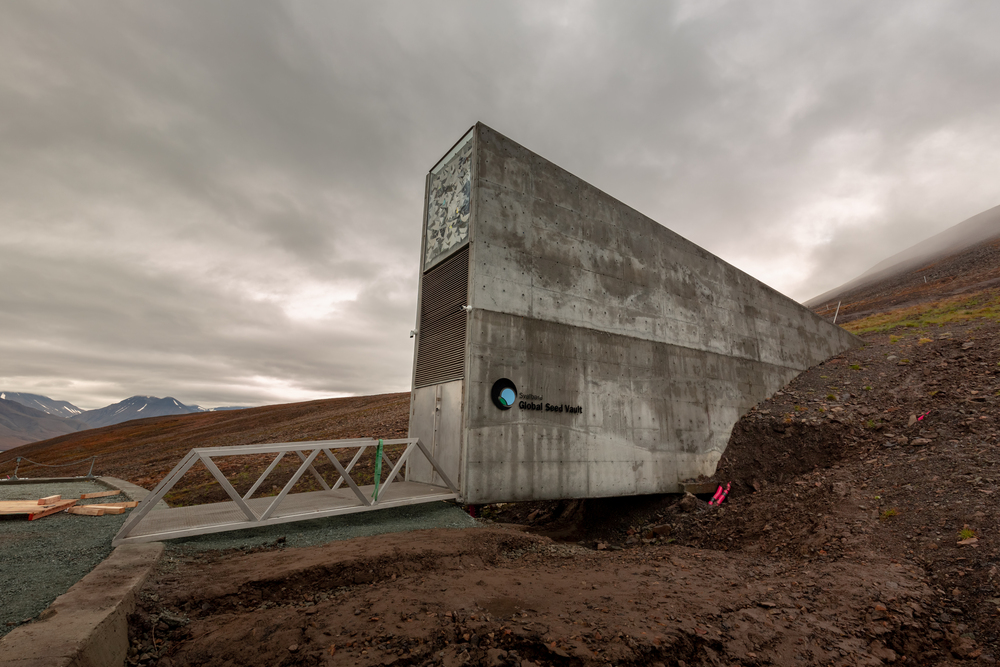
The ultimate backup plan for humanity sits quietly in the frozen north, holding millions of seed samples from around the world. The vault is built to withstand natural disasters, nuclear war, and even the complete collapse of modern civilization.
Its location deep within a mountain on a remote island means you’d be far from any chaos happening in populated areas. The surrounding area also offers plenty of natural resources and a small but skilled local population that knows how to survive in extreme conditions.
Tasmania Wilderness, Australia
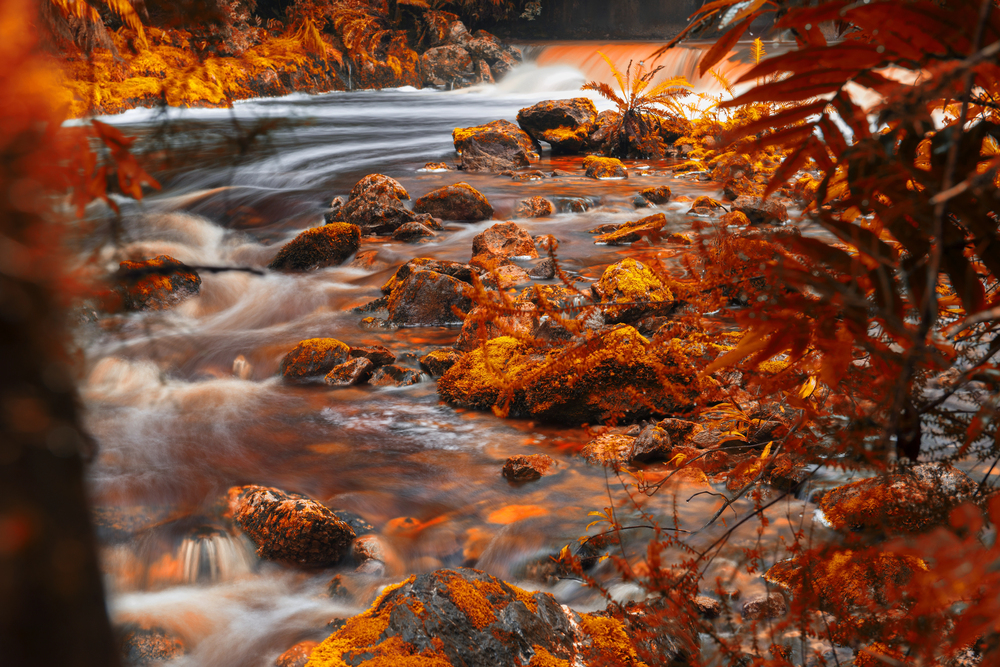
Isolated from mainland Australia, Tasmania offers vast stretches of untouched wilderness teeming with wildlife and fresh water. The temperate climate supports year-round farming, while dense forests provide natural shelter and building materials.
The low population density means less competition for resources in a crisis. The island state also benefits from natural barriers that would help protect it from most external threats.
Like Travel Pug’s content? Follow us on MSN.
Salt Mine Bunkers, Poland
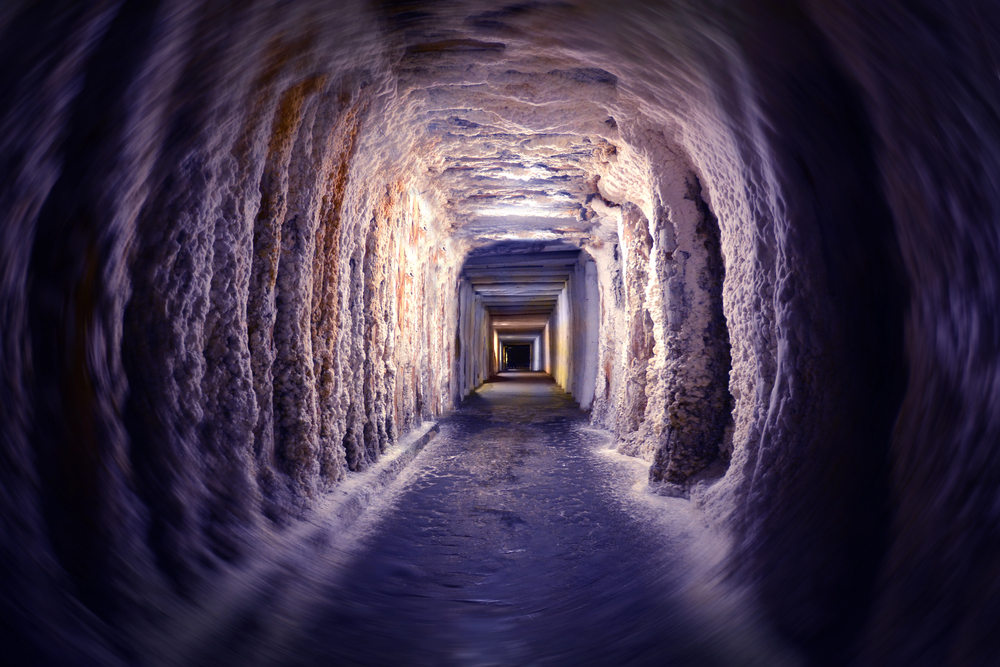
Hidden beneath the historic Wieliczka Salt Mine lies a network of chambers perfect for long-term survival. The natural salt environment creates a sterile atmosphere that prevents bacterial growth and preserves food.
The mine’s constant temperature and humidity make it ideal for storing supplies and establishing living quarters. Once it’s safe to venture outside, the surrounding area provides access to fresh water and farmland.
Cheyenne Mountain, USA
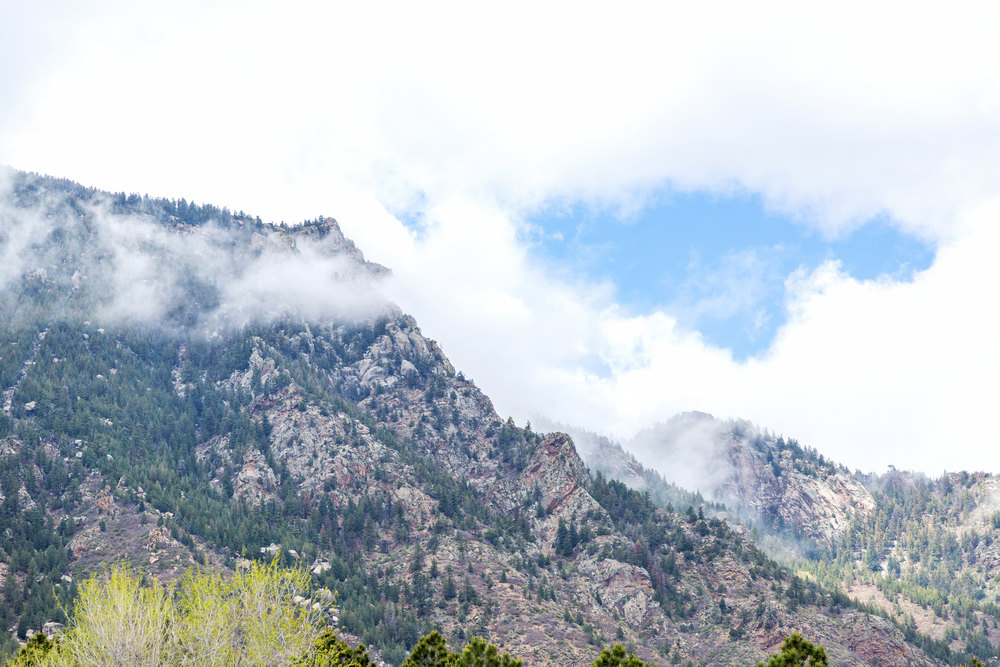
This military facility, built into solid granite, has been designed to survive direct nuclear strikes. The complex includes its power plant, water supply, and air filtration systems.
Its location in Colorado provides access to multiple renewable resources and wildlife. The surrounding mountain range offers natural protection and countless hiding spots if needed.
Siachen Glacier, India
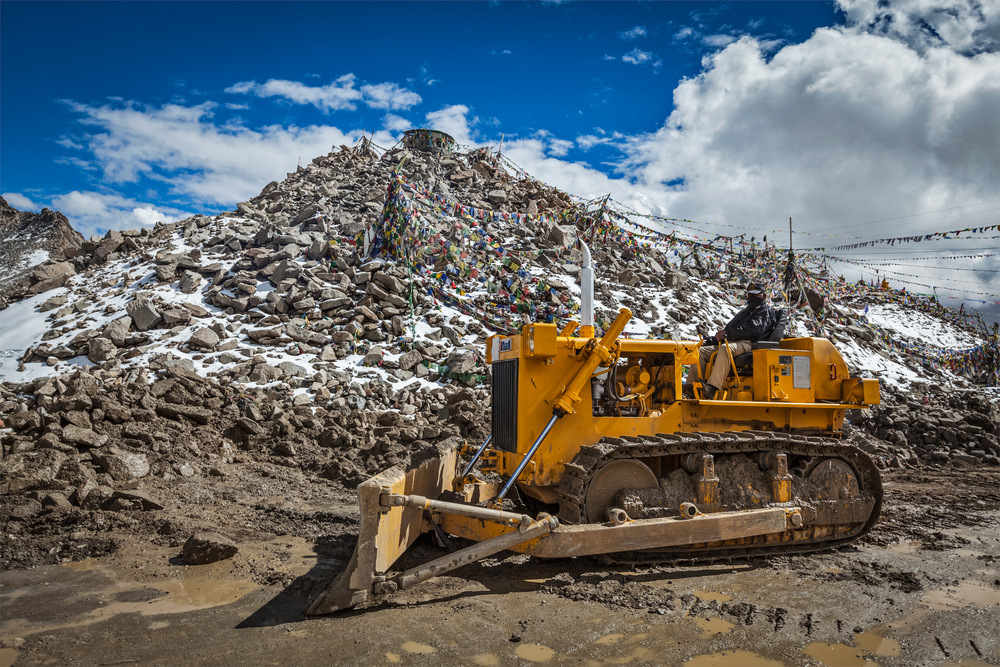
This remote location, at an elevation most people would avoid, offers natural protection from human threats and rising sea levels. The harsh environment means fewer people would attempt to reach it during a crisis.
The glacier provides an endless supply of fresh water and natural refrigeration, and the surrounding mountains contain numerous caves suitable for shelter.
Like Travel Pug’s content? Follow us on MSN.
Pitcairn Islands, British Territory
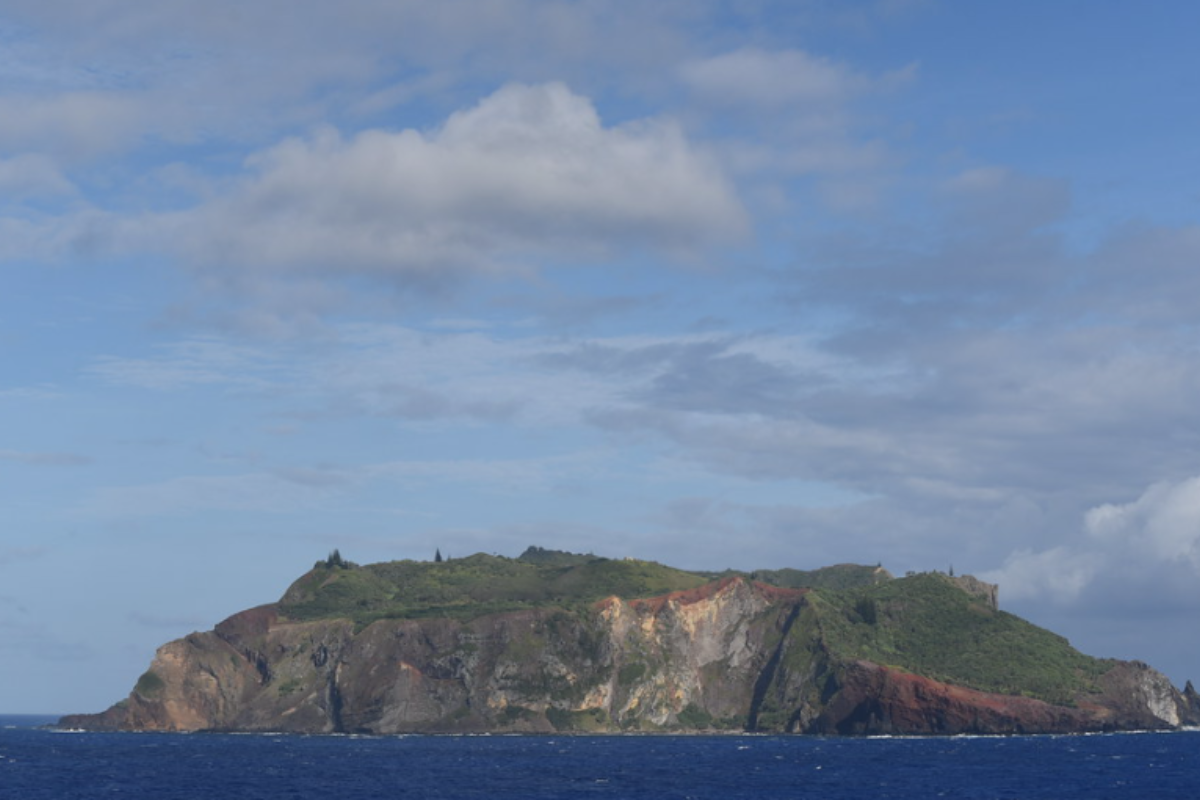
These remote Pacific islands host only a handful of permanent residents and remain largely self-sufficient. Their tropical climate allows for year-round food production, while the surrounding ocean provides abundant fish.
The islands’ isolation makes them naturally defensive against outside threats, and the local community already knows how to live without many modern conveniences.
Bouvet Island, Norway
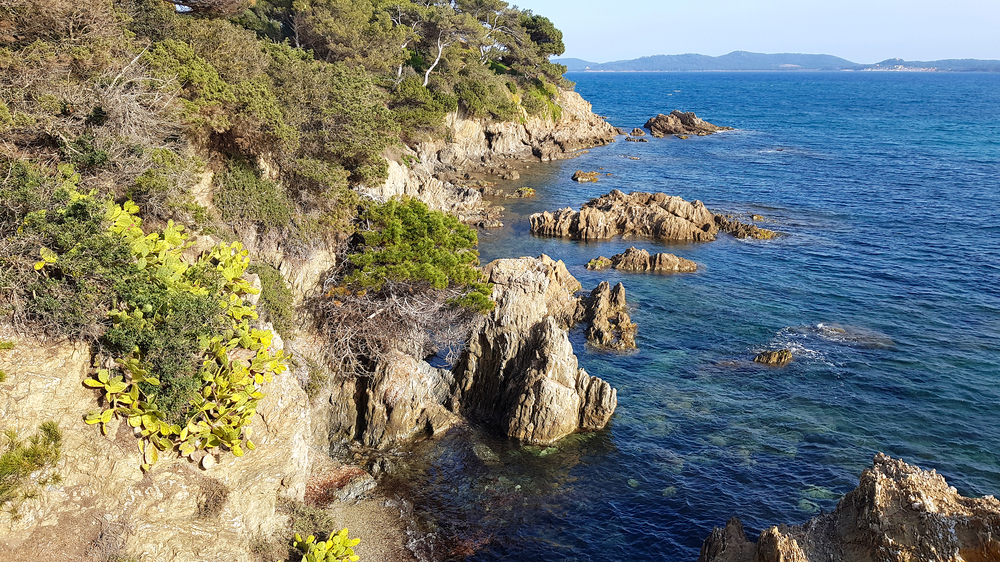
As the most remote island in the world, Bouvet offers unparalleled isolation from global catastrophes. The island’s volcanic nature provides geothermal energy possibilities and natural cave systems.
Its location in the South Atlantic means it’s far from major population centers and potential conflicts. The surrounding waters are rich in marine life, ensuring a sustainable food source.
Atacama Desert Bunkers, Chile
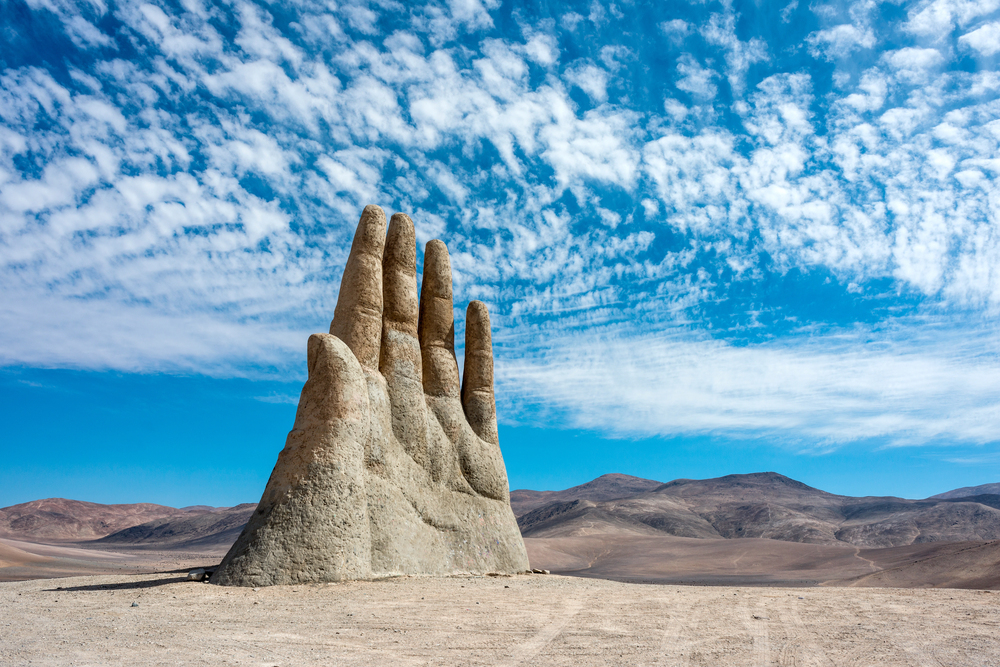
The world’s driest desert provides natural preservation conditions and clear skies for solar power. Underground facilities in the area offer protection from both natural and human-made disasters.
The region’s isolation and harsh conditions serve as natural deterrents to large groups of people. The nearby Pacific coast provides access to fishing and trade opportunities.
Like Travel Pug’s content? Follow us on MSN.
Derinkuyu Underground City, Turkey
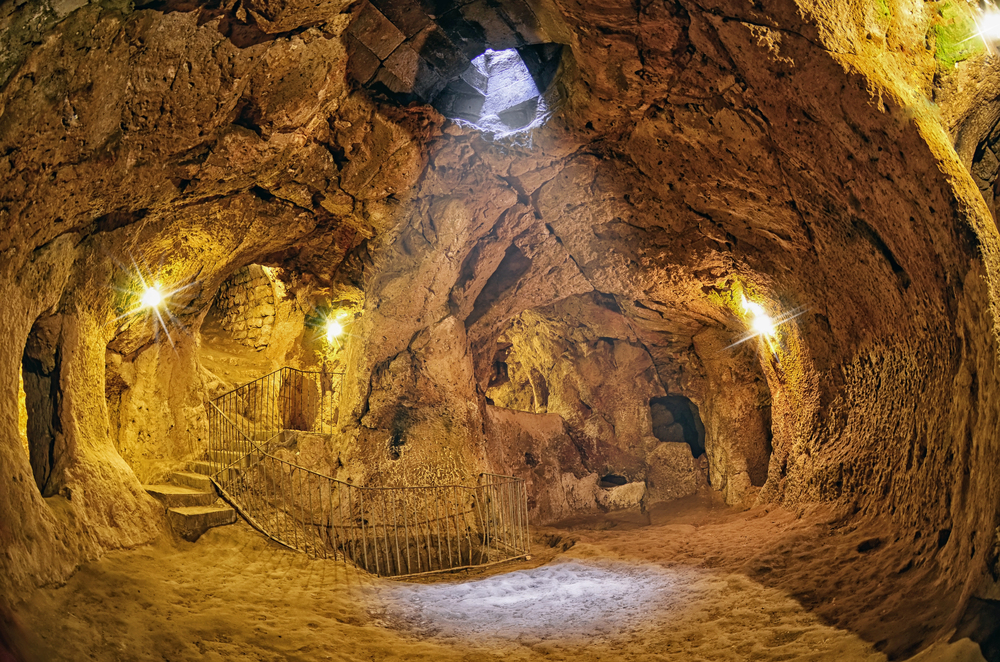
This ancient underground city proves humans can thrive beneath the surface for extended periods. The complex ventilation systems and water channels remain functional after thousands of years.
The multiple levels can house thousands of people and their supplies comfortably. The surrounding region offers fertile soil for farming once surface conditions improve.
Franz Josef Land, Russia
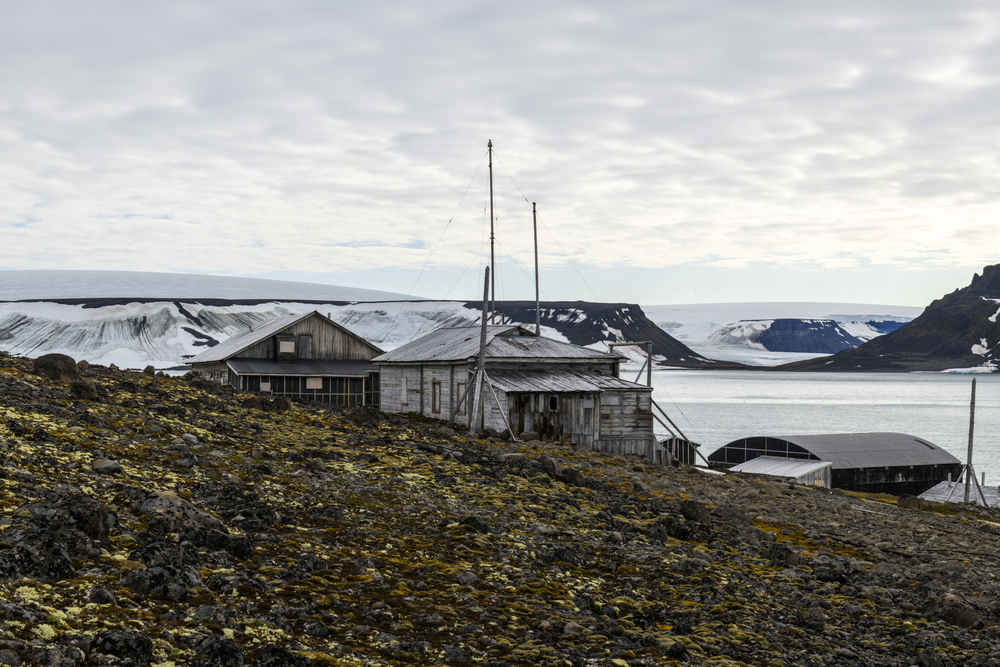
This arctic archipelago provides natural isolation and protection from most global disasters. The islands contain numerous caves and natural shelters that could be modified for long-term survival.
The cold climate helps preserve food and supplies without requiring power. The area’s remoteness means few people would attempt to reach it during a crisis.
Swiss Alps Bunkers, Switzerland
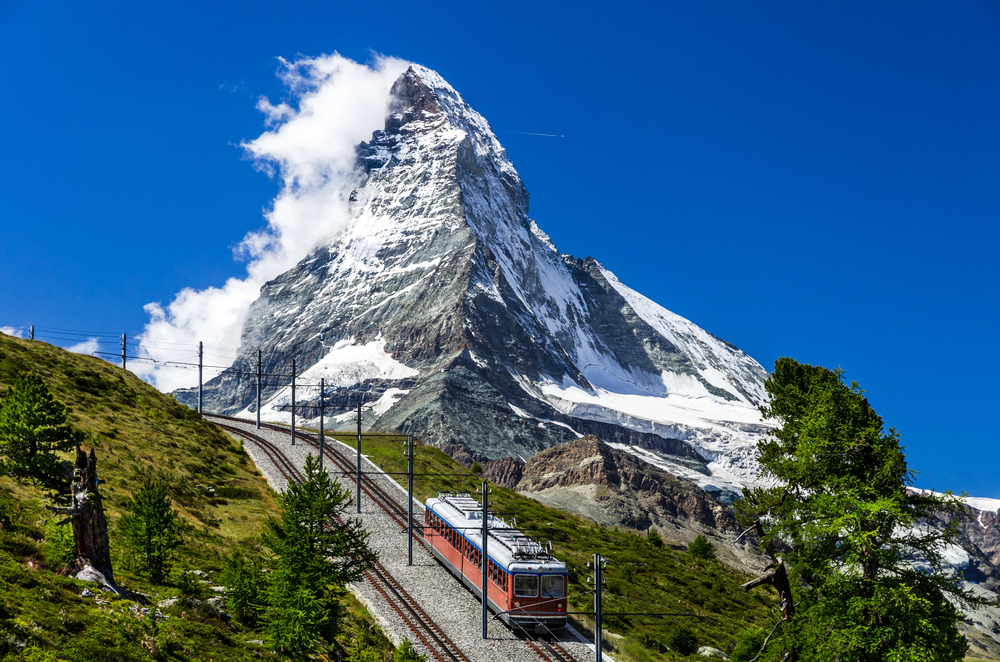
Switzerland’s network of military bunkers offers some of the best-engineered survival spaces in the world. The facilities come equipped with advanced filtration systems and power generation capabilities.
The surrounding mountains provide natural protection and abundant freshwater sources. The local culture already emphasizes preparedness and self-sufficiency.
Like Travel Pug’s content? Follow us on MSN.
Socotra Island, Yemen
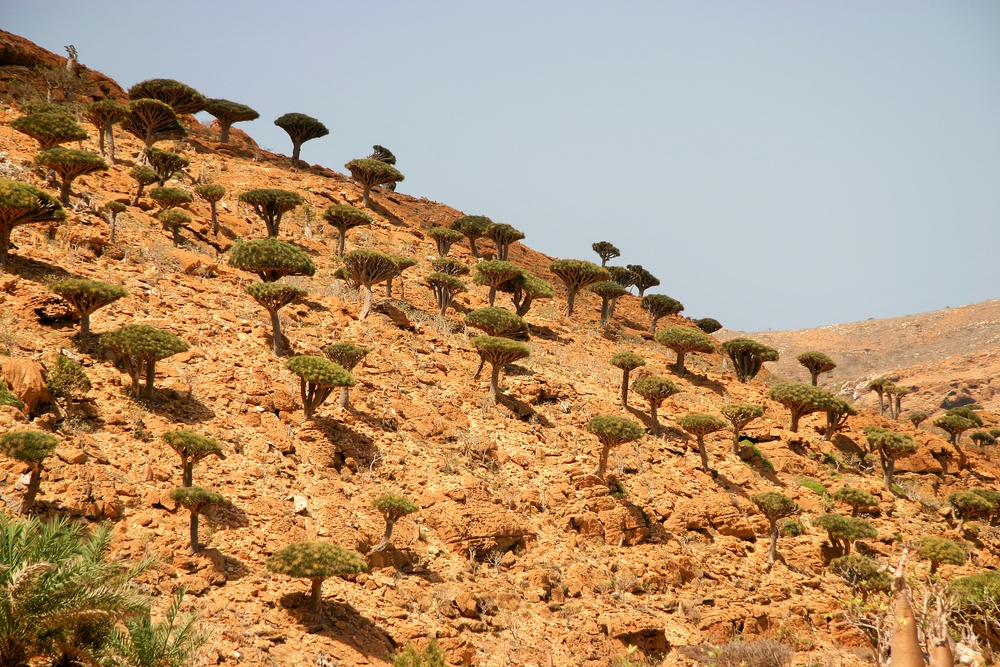
This isolated island’s unique ecosystem provides rare medicinal plants and natural resources found nowhere else. Its distinctive dragon blood trees offer both shelter and valuable survival resources.
The local population has preserved traditional survival knowledge for generations. The surrounding waters provide rich fishing grounds and natural protection.
Tristan da Cunha, British Territory
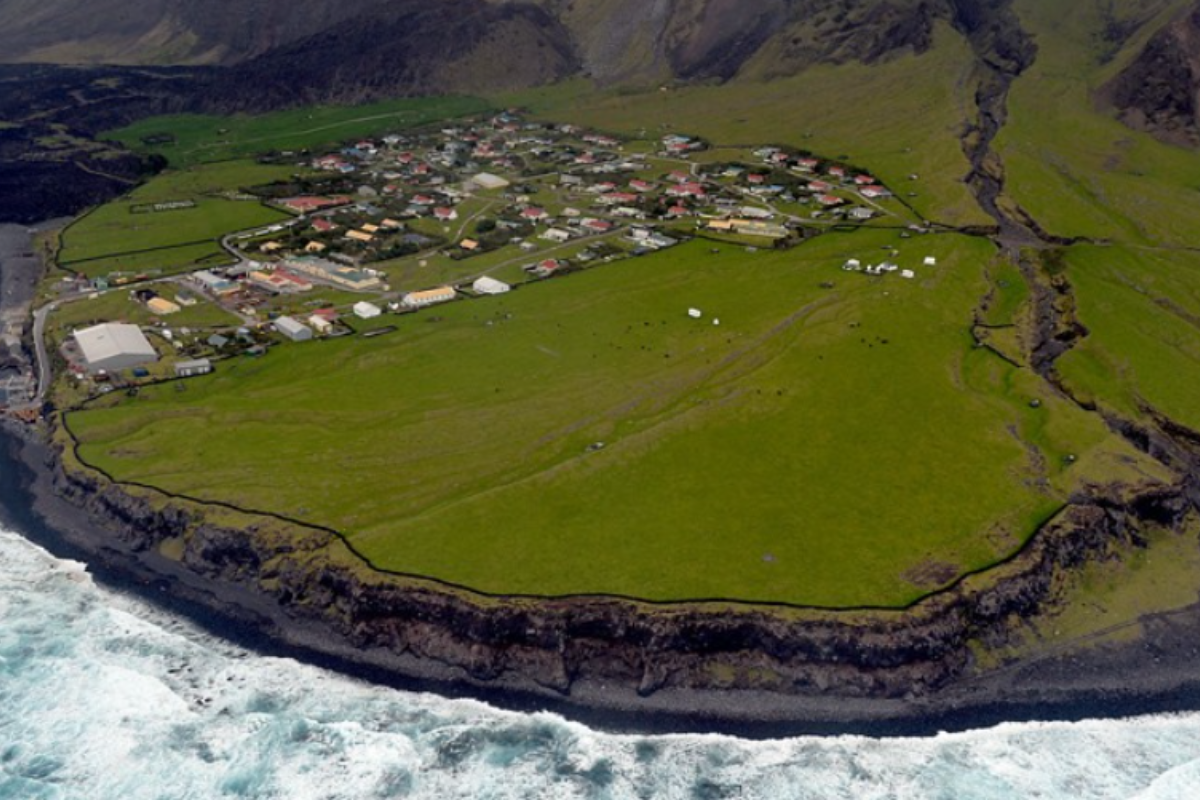
The most remote inhabited island in the world already functions as a self-sustaining community. The volcanic island provides fertile soil for farming and natural heat sources.
The small population has generations of experience living in isolation. The surrounding waters offer abundant fishing opportunities year-round.
Cappadocia Cave Houses, Turkey
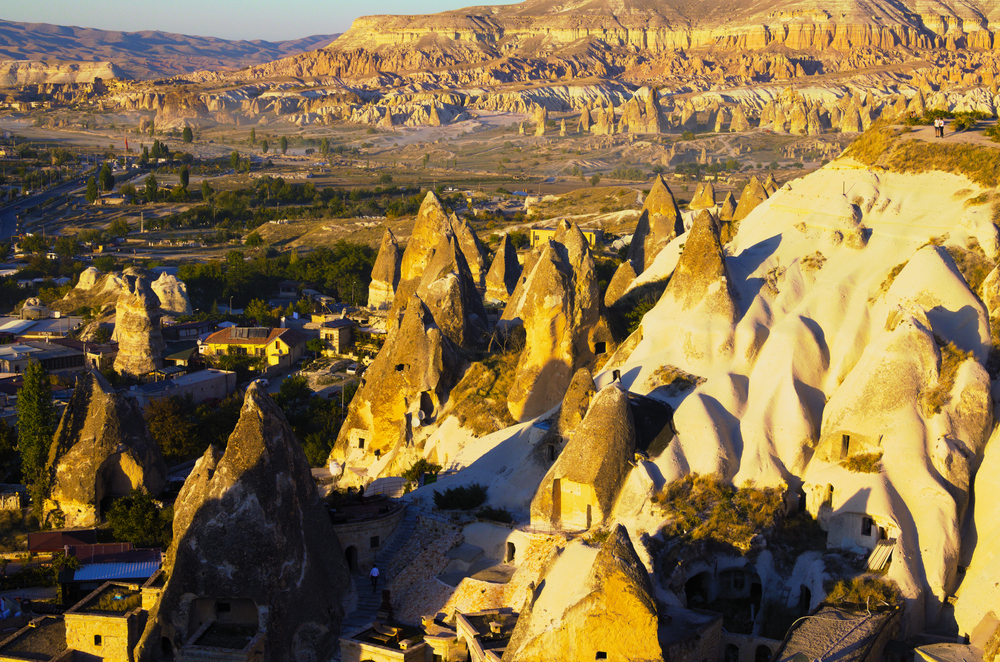
These ancient cave dwellings have sheltered communities for thousands of years. Their natural insulation keeps temperatures stable throughout the year without requiring power.
The soft rock allows for easy expansion of living spaces as needed, and the underground networks provide natural protection from surface threats.
Like Travel Pug’s content? Follow us on MSN.
Guam Bunkers, USA
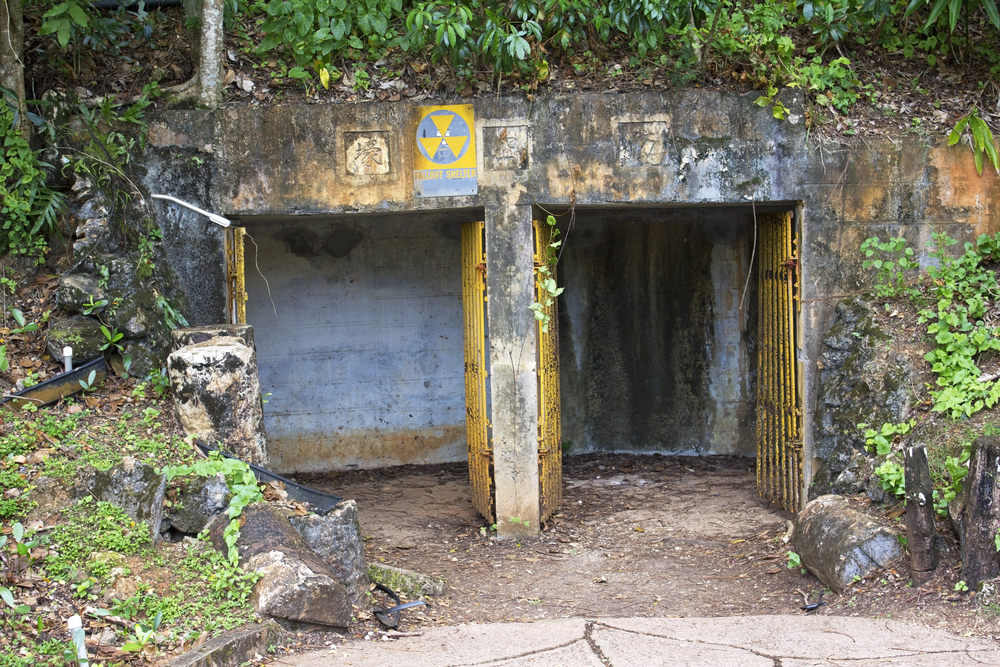
This Pacific island has extensive military infrastructure built to withstand serious attacks. Its tropical climate supports year-round food production and water collection.
The island’s location provides access to deep-ocean fishing and maritime trade routes. The existing military facilities offer ready-made survival infrastructure.
Glacier National Park Bunkers, USA
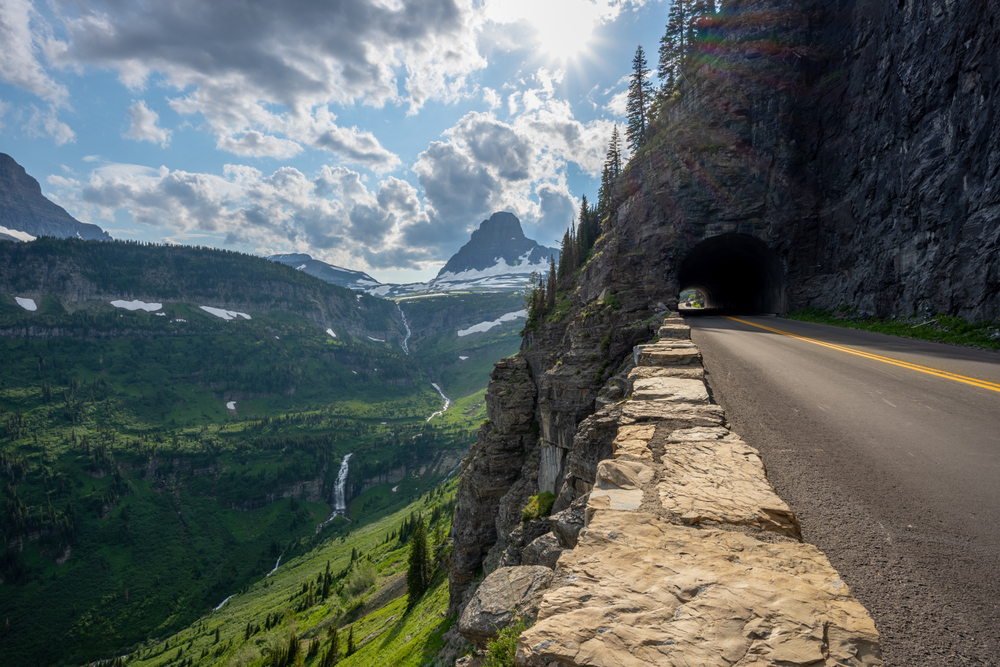
Hidden throughout this vast wilderness are Cold War-era facilities ready for long-term occupation. The surrounding mountains provide natural protection and abundant fresh water.
The remote location and harsh winters discourage casual visitors or threats. The park’s diverse ecosystem offers multiple food sources and natural resources.
Kangaroo Island, Australia
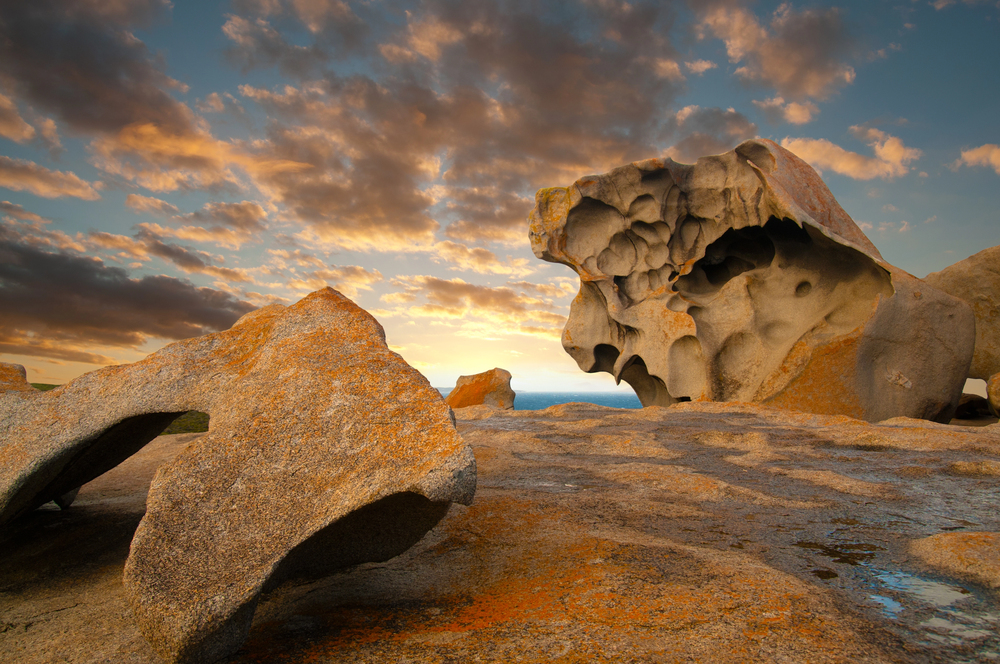
This large island off Australia’s coast offers natural isolation and diverse resources for survival. The Mediterranean climate supports year-round farming and livestock raising.
The surrounding waters provide rich fishing grounds and natural protection. The low population density means less competition for resources during a crisis.
Like Travel Pug’s content? Follow us on MSN.
Faroe Islands, Denmark
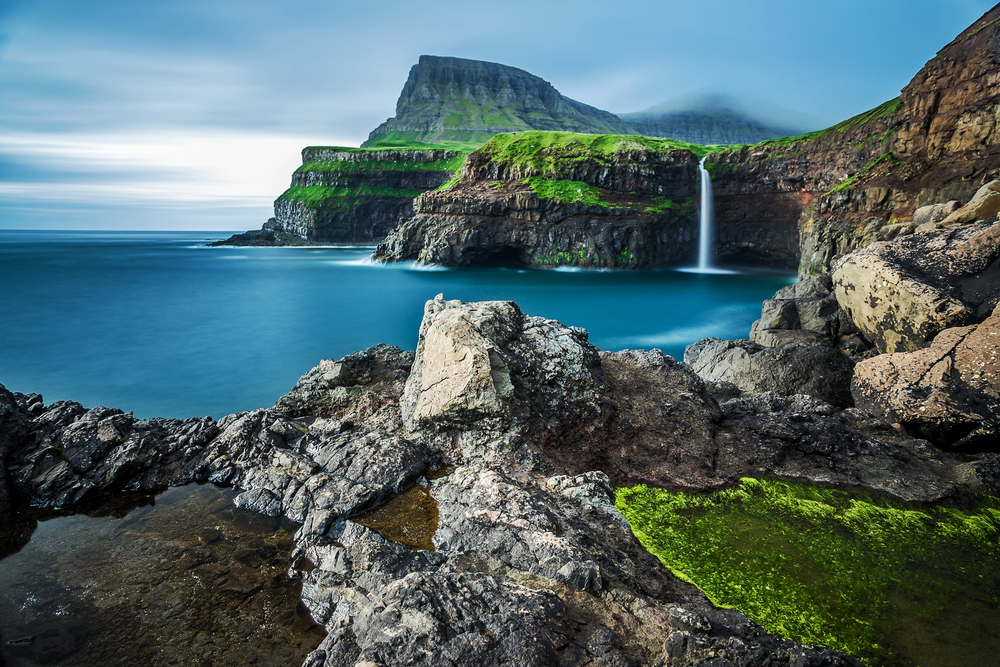
These self-sufficient islands already operate largely independently from the mainland. The Gulf Stream provides relatively mild temperatures despite the northern location.
The islands offer numerous natural caves and shelters for protection. The local population maintains traditional survival skills and fishing knowledge.
Banaue Rice Terraces, Philippines
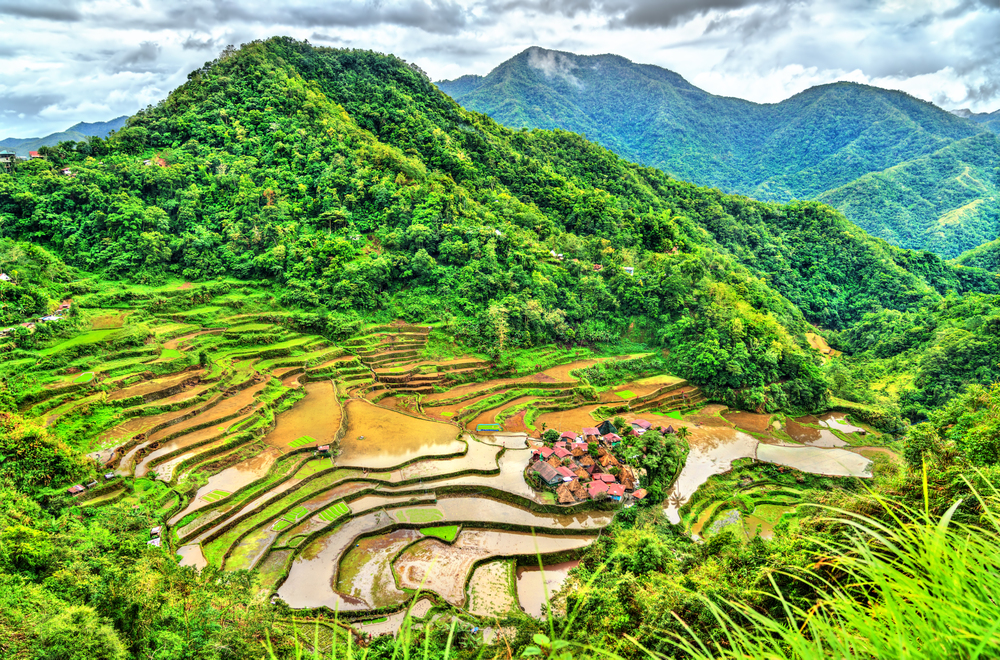
These ancient agricultural terraces prove the area can sustain large populations through skilled farming. The remote mountain location provides natural protection from most threats.
Extensive water management systems continue to function after centuries of use. The surrounding forests offer additional resources and natural shelter options.
Ozark Mountains, USA
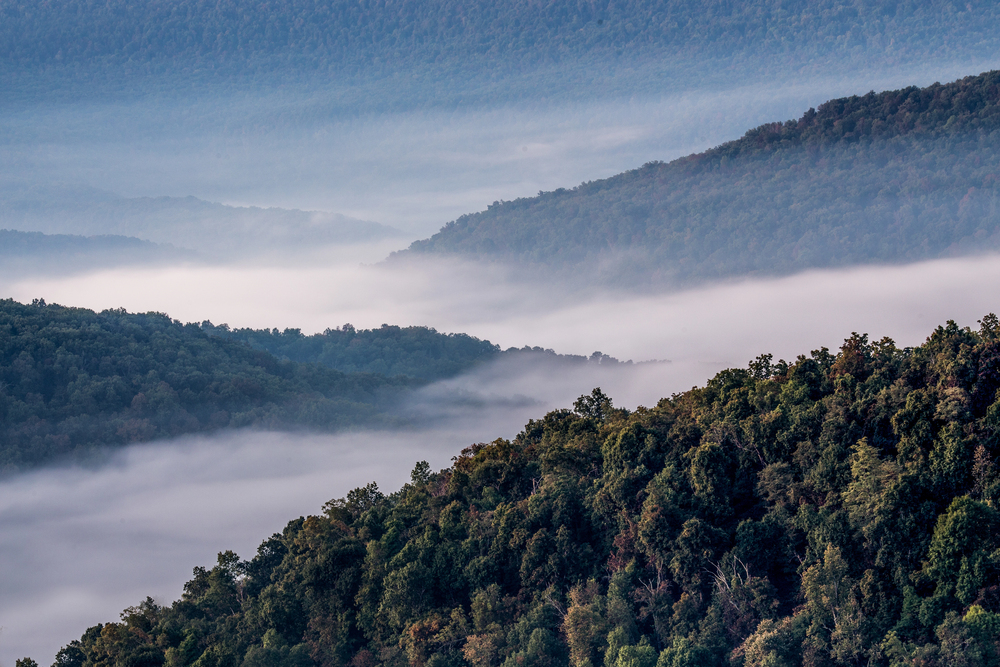
The extensive cave systems in these ancient mountains offer natural shelter and protection. The region’s numerous springs provide reliable freshwater sources throughout the year.
The fertile valleys support farming, while forests offer hunting and gathering opportunities. The local culture maintains practical survival skills and knowledge of self-sufficiency.
Like Travel Pug’s content? Follow us on MSN.
Times Gone By
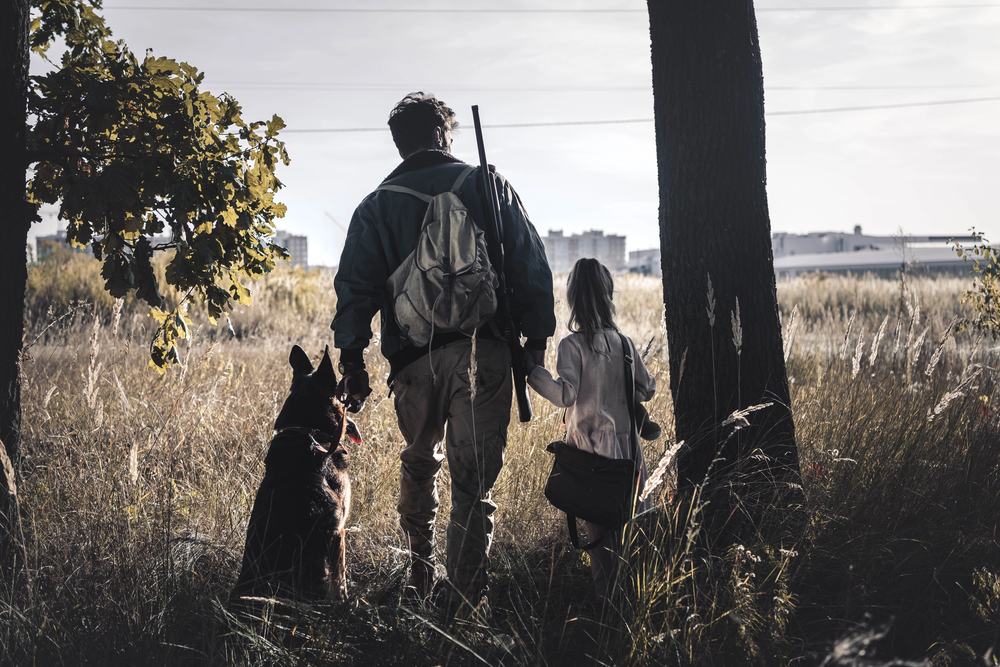
Surviving an apocalypse isn’t just about finding the perfect hideout – it’s about choosing a place where humans can rebuild and thrive. These locations offer more than just safety; they provide the resources and conditions needed to maintain some semblance of civilization.
The best survival locations share common threads—natural protection, sustainable resources, and often a connection to human history that proves their worth. Whether perched high in the mountains or hidden deep underground, these places have already proven they can support human life through the toughest conditions.
More from Travel Pug

- 20 Towns Built for One Purpose That Were Later Abandoned
- 15 Hidden Spots in Disney World’s Magic Kingdom Most Visitors Miss
- 15 Most Scenic Walks Anywhere in The World
- 15 Canyons in the U.S. That Are Just as Stunning as the Grand Canyon
- 10 Under-the-Radar Mountain Towns That Are Both Affordable and Beautiful
Like Travel Pug’s content? Follow us on MSN.
